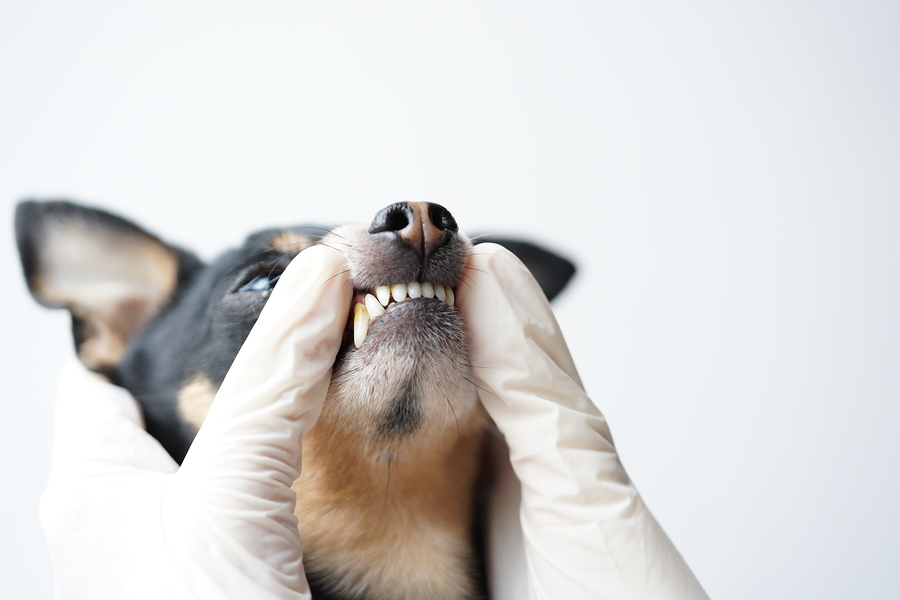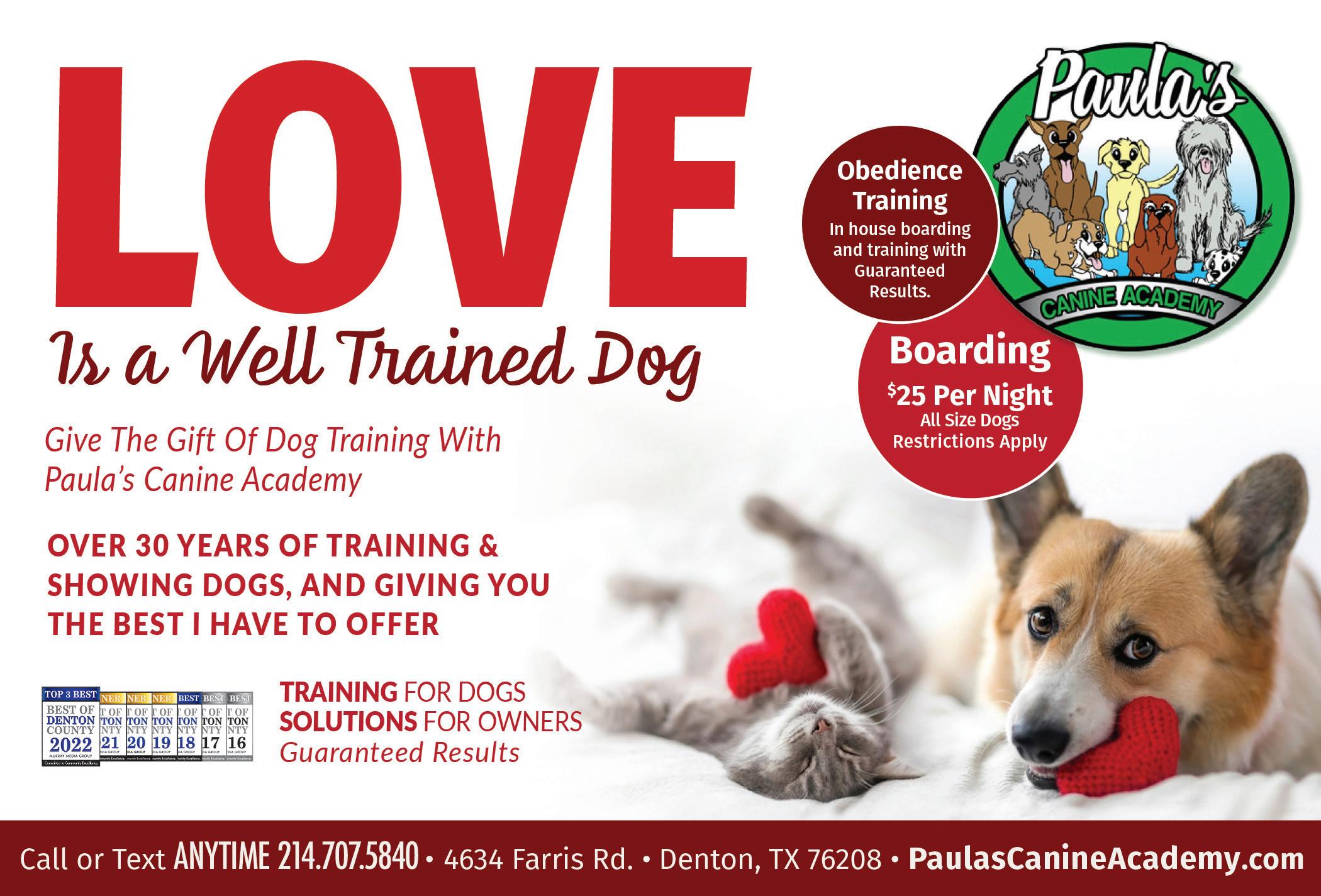Dealing with a dog growling and showing teeth can be a concerning situation for pet owners. Understanding the reasons behind this behavior and knowing how to manage it effectively is crucial for a harmonious relationship with your furry companion. In this blog, we will unravel the mystery behind why dogs exhibit such behavior and provide you with practical tips on how to deal with it.
From recognizing the body language cues to implementing positive training techniques, we’ll explore various strategies that can help diffuse tense situations and prevent aggressive behavior. By learning how to communicate effectively with your dog and address the underlying causes of their growling and teeth showing, you can build trust and strengthen your bond with your pet.
Understanding Dog Growling and Showing Teeth

Dogs may growl and show teeth as a form of communication. It is essential to understand the reasons behind this behavior to effectively address it.
Causes of Dog Growling and Showing Teeth
One common cause of dog growling and showing teeth is fear or aggression. Dogs may also exhibit this behavior when they feel threatened or are in pain.
Handling Situations with Growling Dogs
When encountering a growling dog, remain calm and avoid making sudden movements. Do not stare directly into the dog’s eyes.
It is important to respect the dog’s space and give it time to calm down. Seek professional help if the behavior continues.
Causes of Dog Growling and Showing Teeth
Dogs may growl and show their teeth as a form of communication or to express their feelings, which can be triggered by various factors. Understanding the reasons behind this behavior is crucial for effective resolution.
Fear or Anxiety
One common cause is fear or anxiety in dogs. When they feel threatened or scared, they might growl to warn the perceived threat.
Pain or Discomfort
Dogs in pain may also exhibit this behavior. It’s their way of expressing discomfort or alerting their owners to a health issue.
- They might show their teeth when a particular area is tender.

Approaches to Dealing with Dog Growling and Showing Teeth
When dealing with a dog growling and showing teeth, it’s crucial to approach the situation calmly and cautiously. One of the first steps is to assess the underlying cause of the behavior to address it effectively. Understanding dog body language can help in deciphering the message your dog is trying to convey.
Implement Positive Reinforcement Techniques
Using positive reinforcement training methods can help in modifying your dog’s behavior. Reward good behavior to encourage positive interactions and discourage growling.
Consult a Professional Trainer
If your dog’s growling persists despite your efforts, seek the guidance of a certified professional dog trainer. They can assess the situation and provide tailored solutions to address the behavioral issues.

Training Methods for Addressing Dog Growling and Teeth Showing Behavior
Dealing with a dog’s growling and teeth showing behavior can be challenging but essential for maintaining a safe environment for both the dog and its owners. Understanding the root cause of this behavior is crucial to address it effectively.
Positive Reinforcement Training
Using positive reinforcement techniques such as treats and praise can help encourage good behavior and create a positive association for the dog.
Consistency is key when applying positive reinforcement methods. Rewarding the dog immediately after they exhibit good behavior reinforces the desired actions.
Socialization and Desensitization
Gradual exposure to different stimuli can help desensitize the dog to triggers that lead to growling and teeth showing. Introducing the dog to varied environments, people, and other animals can help reduce anxiety and fear.
- Engage in controlled socialization exercises.
- Work with a professional trainer to identify and address specific triggers.
Professional Help: When to Consult a Trainer or Behaviorist
Dealing with a dog that is growling and showing teeth can be a challenging and concerning situation for any pet owner. In such instances, professional help from a certified dog trainer or behaviorist may be necessary to address the underlying issues effectively.
Recognizing the Signs
It is crucial to recognize the signs that indicate the need for professional intervention. Signs may include persistent aggressive behavior, frequent growling, and snapping.
Observing consistent behavior patterns and documenting incidents can provide valuable insights for the trainer or behaviorist.
Consulting a Professional
When deciding whether to consult a trainer or behaviorist, consider the seriousness and frequency of the aggressive behavior.
Trainers can help address obedience and behavioral training, while behaviorists specialize in modifying complex behavioral issues.
Creating a Safe Environment for Your Dog
When dealing with a dog growling and showing teeth, it’s crucial to ensure your furry friend is in a safe and secure environment. Creating a positive space for your dog can help alleviate stress and prevent aggressive behavior.
Designate a Safe Space
Provide your dog with a designated safe space where they can retreat when feeling overwhelmed or anxious. This could be a cozy corner with their bed and toys.
Make sure this space is comfortable and quiet, away from high-traffic areas, loud noises, or other pets.
Provide Mental Stimulation
Engage your dog’s mind with interactive toys, puzzle feeders, or training exercises to keep them mentally stimulated and prevent boredom.
- Consider challenging games that require problem-solving skills.
- Rotate toys regularly to keep their interest piqued.
Frequently Asked Questions
- Why do dogs growl and show their teeth?
- Dogs growl and show their teeth as a form of communication to express feelings of fear, aggression, or discomfort. It is a way for them to communicate their emotions and establish boundaries.
- What should I do if my dog is growling and showing teeth?
- If your dog is growling and showing teeth, it is important to stay calm and avoid escalating the situation. Do not punish or yell at your dog as it can make the behavior worse. Instead, try to identify the trigger and address the underlying issue. Consulting a professional dog trainer or behaviorist may also be helpful.
- Can growling and showing teeth be a sign of pain in dogs?
- Yes, growling and showing teeth can sometimes be a sign that a dog is in pain or discomfort. It is important to observe your dog’s body language and behavior closely to determine the root cause of their distress. If you suspect that pain is the reason behind the behavior, it is best to consult a veterinarian for a proper evaluation.
- How can I prevent my dog from growling and showing teeth?
- Preventing your dog from growling and showing teeth involves proper socialization, positive reinforcement training, and creating a safe and comfortable environment for your pet. Building a strong bond with your dog based on trust and respect can also help prevent aggressive behaviors. Consistent and patient training is key to addressing any behavioral issues.
Final Thoughts
Dealing with a dog growling and showing teeth can be a challenging situation for any pet owner. However, understanding the root cause of this behavior and implementing the right strategies is crucial in ensuring the safety and well-being of both the dog and the people around it.
Key takeaways include the importance of not punishing the dog for growling as it is a form of communication, seeking professional help from a behaviorist or trainer, and creating a positive environment through training and socialization.
Remember, every dog is an individual, and patience, consistency, and empathy are key in addressing and managing aggressive behaviors. By following the tips and techniques outlined in this blog, you can navigate through these challenging situations with confidence and care.



